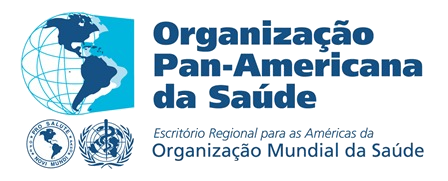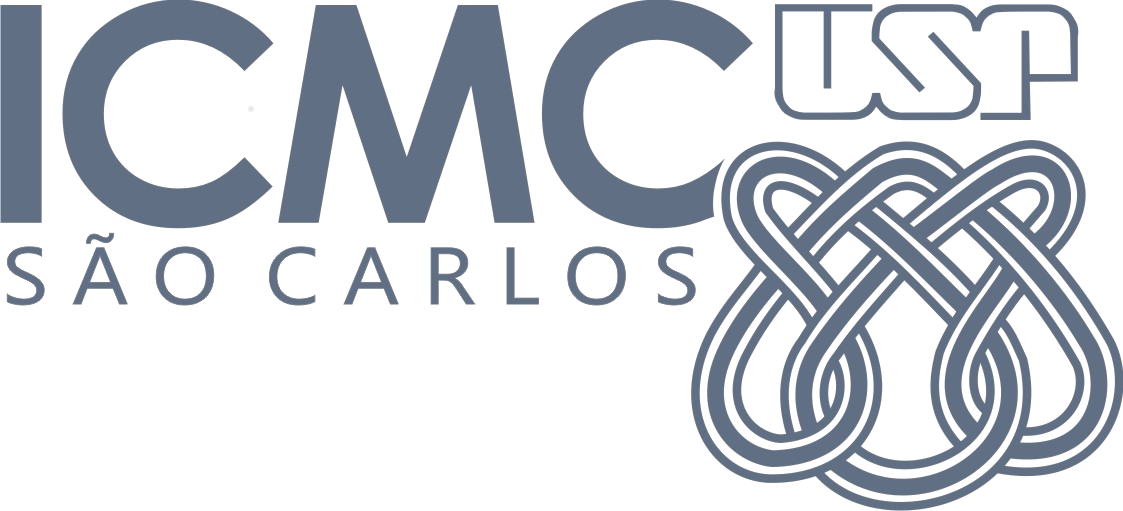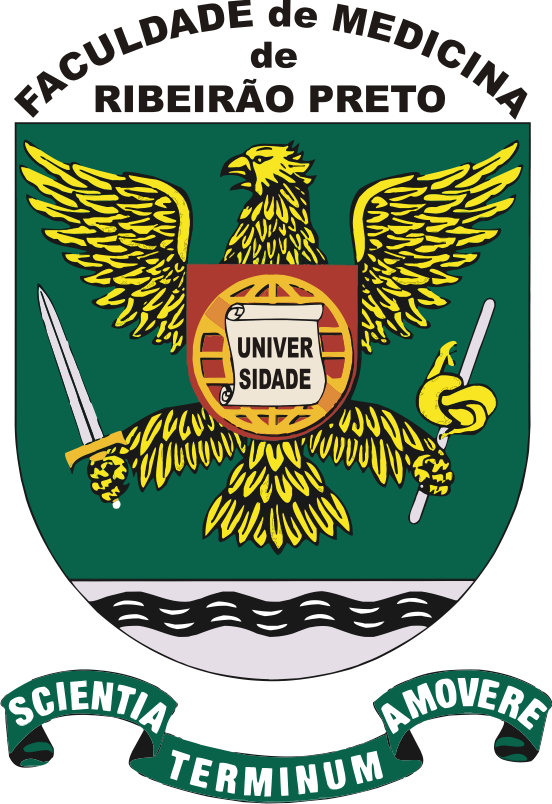Keynote Speakers: IEEE CBMS 2015
“Computer-Based Systems for Aiding Global Health Challenges”
Sameer Antani
U.S National Library of medicine,
National Institues of Health
http://lhncbc.nlm.nih.gov/personnel/sameer-antani
Abstract: Opportunistic HIV and TB co-infections are a dual epidemic resulting in significant mortality. According to the WHO, there are estimated to be over one million people worldwide who have the diseases, and the burden of disease is particularly high in sub-Saharan Africa and of growing concern in Asia. Meanwhile, levels of multi-drug resistant TB are increasing in several parts of the world. TB is a major cause of death among people living with HIV/AIDS, whose impaired immune systems make them particularly vulnerable. X-ray screening is an effective low-cost approach to improve diagnosis and management, but difficult to carry out in low-resource regions of the world. NIH researchers, led by Sameer Antani, Ph.D., have developed a system based on machine learning algorithms for the automated screening of digital chest X-ray images for pulmonary abnormalities with a special focus on TB. The system is being beta-tested on a mobile chest X-ray truck traveling through various sites in rural western Kenya. Collaborators on this project include Indiana University School of Medicine, AMPATH – a large HIV treatment program, and Moi Teaching and Referral Hospital in Kenya. Wide use of this system would potentially enable a significant time reduction in effort and time, from days to minutes, in human expert radiological diagnosis and provide critical decision support to field clinical officers for early appropriate treatment for the HIV positive population. The talk will describe elements of the system, the challenges in its design, the scientific advances, and also describe its impact. The talk will also briefly highlight a second project focusing on the malaria epidemic in parts of Asia and Africa, its treatment, and activities by NIH computational science researchers for developing systems to aid in medical research and clinical decision making.
“Detection of Architectural Distortion in Prior Mammograms: Subtle Signs of Breast Cancer”
Rangaraj M. Rangayyan
Professor, Department of Electrical and Computer Engineering
Schulich School of Engineering, (Adjunct Professor of Surgery and Radiology)
University of Calgary, Alberta, Canada
http://people.ucalgary.ca/~ranga/
Abstract: Architectural distortion is a subtle sign of breast cancer that could be missed in screening mammography. This seminar will present several computer techniques for the detection of architectural distortion in mammograms based on the analysis of oriented texture using Gabor filters, modeling of orientation fields by phase portraits, and modeling of the oriented structure of breast tissues. creening mammograms obtained prior to the detection of cancer could contain subtle signs of breast cancer, in particular, architectural distortion. Several methods will be described for the characterization architectural distortion based on the analysis of the angular spread of power and other characteristics, fractal analysis, texture analysis, and measures of divergence. With a dataset of 106 prior mammograms of 56 interval-cancer cases and 52 mammograms of 13 normal cases, area under the receiver operating characteristic curve of up to 0.78 has been obtained. Free-response receiver operating characteristics have indicated sensitivity of 0.80 at fewer than 4 false positives per patient. The results indicate that digital image processing and pattern recognition techniques can help in the detection of breast cancer at early stages.
“Practical Computer-Based Systems for Biomedicine”
L. Rodney Long
U.S National Library of medicine,
National Institues of Health
http://lhncbc.nlm.nih.gov/personnel/leonard-long
Abstract: The continued evolution of computer hardware and software has a dramatic impact on many aspects of modern life, including the ways we communicate, educate, travel, transact business, and, of course, the ways we manage and carry out clinical care and conduct biomedical research. The introduction of new technologies, even successful ones, usually includes exploratory efforts, including false starts and failures, and accomplishments that seem to have innovative merit, but ultimately fail due to inability to meet a practical need. In this talk, I will focus on our work that includes the building of software tools for biomedical database implementation, manual and automated image segmentation, online medical proficiency assessment, and automated disease classification from images and related clinical information. I will use our experiences in these R&D efforts as a microcosm to illustrate and comment on what “works”, what does not work, and the technological/collaborative approaches that will likely be required for productive biomedical applications in the near term.
“Advances and Progresses in Hospital Information Systems”
Marco Antonio Gutierrez
Instituto do Coraçao (InCor) - University of Sao Paulo, Brazil
http://www.incor.usp.br/spdweb/pessoas/marco_gutierrez.htm
Abstract: After more than one decade in the 21st century, for the vast majority of patients, a simple consultation, prescription or an exam report is still based on a collection of papers with details of his or her clinical history. This paper based collection of health registers may difficult the exchange of information between actors in the health system may induce errors in the decision process and also may turn the assistance process inefficient. However, this well-known scenario in most of the hospitals can be minimized with the use of Information Technology (IT). The use of IT in the assistance process has the potential to reduce dramatically the number of fails involved in a paper based process and also contribute to the reduction of costs in the Healthcare system. The advances and progresses in hospital information systems (HIS), as a tool to support the assistance processes, have been contributed to change this typical scenario and this talk will cover the principal steps, barriers and strategies in the HIS adoption, as well as its contribution to change the patient care.










